Spring Bear Hunting – Part 2
Nearly thirteen years after the spring bear hunt, I can vividly remember the fine blond hairs that encircled the small eyes of a black bear sow as she stared a hole through me from ten yards away. I had spotted the cinnamon colored bear from almost half a mile away and, with just a quick look at its beautiful coat, had no idea of its size or sex. I eased to within a hundred yards of where I had last seen the bear and looked through the alders searching for any shape or shade that didn’t belong. Seeing no sign of the bear I continued my stalk around the alder patch. As usual, the second I eased up and began to make plans for my next move the bear appeared out of the brush and stared directly at me. Although she was only 10 yards away, I was after a mature boar so I let her slip away. But a few weeks later, we’d meet again.
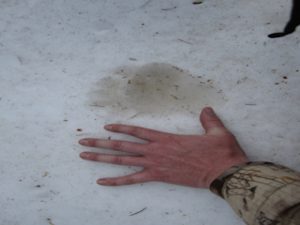
I keep note of all the areas I find bear sign. Here is an early season bear track in the snow.
I used my knowledge of spring bear habits and habitats, described in part 1, to find her – glassing from a high point and focusing on young plant growth. But despite my efforts as the season progressed she was the only bear I saw during my early season hunting. When I went back to look for her in late May though, things had changed dramatically. The first evening of glassing, I saw three bears in the same drainage where I’d previously only seen the cinnamon sow, two of which were mature boars. The “late season” of spring was in and that little sow was popular.
While I do not know the exact dates, It always seems that by mid-May male black bears are starting to range and look for sows. Soon after, the black bear rut is in full swing. I find tracks in areas where I had not seen any previously. Bears are located at all elevations on the mountain side and I start seeing multiple bears in areas I had previously only seen one (like that cinnamon sow).
While my basic strategy for the bear rut is similar to my strategy for the “early season” (grab a seat and glass), I now focus on the sows I found during previous hunts. I also begin to glass more on main ridge lines and closed roads and trails. These are easy to travel routes that boars use in their search for a mate. As I’d said in part 1, bear activity tends to pick up as the season progresses, which will tend to make it much easier to see bears during the day. On a side note, anyone interested in hunting black bears in the west should check out John Beecham’s, A Shadow in the Forest. This book summarizes years of black bear research in north Idaho and is a goldmine for insight into black bear habits. For example, Beecham writes, “Generally, bears showed major activity peaks between 5:00 a.m. and 10:00 a.m. and between 6:00 p.m. and 9:00 p.m. They were the least active between 1:00 a.m. and 4:00 a.m. Bears were less active and more nocturnal in early spring (March – May) and late fall (November) than in summer and early fall (June – October).”
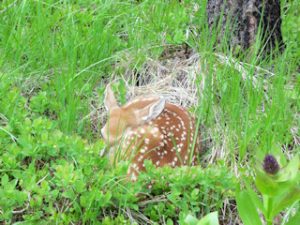
Birthing sites for deer and elk are often used year after year. If you find one of these areas, keep note, and use them for years to come.
While young plant growth rules the “early season” of spring, hormones and an easy protein source can change things in the “late season”. While male bears are enjoying their role in the reproductive cycle, female deer and elk are giving birth to their young for the year. In a relatively short time span (late May-mid June) every pregnant ungulate will give birth. While these cute wobbly legged critters get oohs and aahs from most humans, every other animal that eats meat sees an easy to get package of protein. This is the time of year black bears have the best odds of munching fresh deer and elk meat. In fact, in many areas, black bears are the number one mortality factor for elk calves during the “hider” stage when a calves only defense is to remain motionless and hope they’re not found. Old bears learn where the popular calving grounds are and meticulously search for fawns and calves during this short window of opportunity.
During the “late season” I try to locate these calving areas. I have found that these areas can range from rugged topography (were a deer or elk feels safe) to lush mountain meadows. In order to find calving areas I keep track of deer and elk sightings throughout the bear season. At this time of year, the large groups of elk seen together in winter have started to break up. But cows will still be in relatively large groups. When a cow gets close to dropping her calf, she’ll move away from the main herd to a secluded spot where she won’t be disturbed. If you see a lone cow elk in a mountain meadow or other mountain opening at at this time of year, she’s probably got a calf nearby, or is getting ready to drop one. Watch her closely and you’ll see her keep looking back to a single spot. Watch a little longer and she’ll make her way back to her calf for it to feed. Once you get an eye for the places they like to select, you can start picking them out and concentrating your glassing there.
While the bear rut and young ungulates certainly have an effect on bear movement, I hunt the later part of spring much like the first. The difference is that instead of focusing just on plants I’ll add sows, deer, elk to the things to watch for. I use the knowledge I gained during my “early season” glassing sessions to focus on these “late season” attractions.
Hopefully these two posts on spring bear hunting have helped narrow your search and increased your odds of finding a spring bear. While tactics are important it is tough to beat a good spring bear hunting story. Check out this post from the Orion Chronicles. It features a spring bear hunt from 2016, where Damon Bungard from Orion Coolers and the twisted stave crew search for bears in the Selway Wilderness.
Zach Swearingen
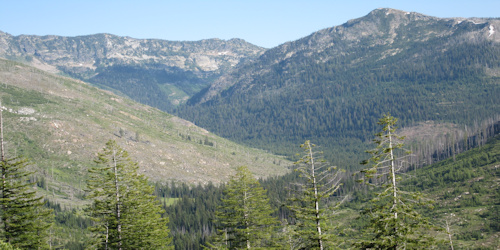
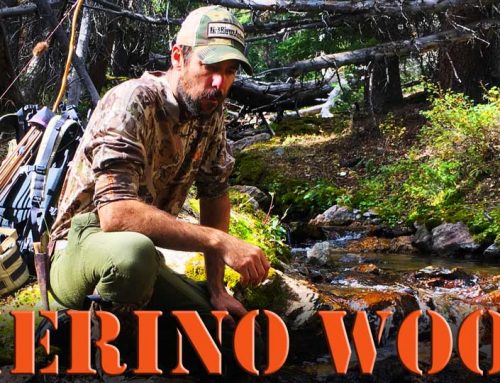
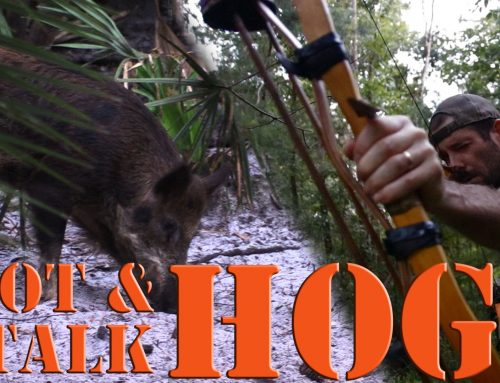
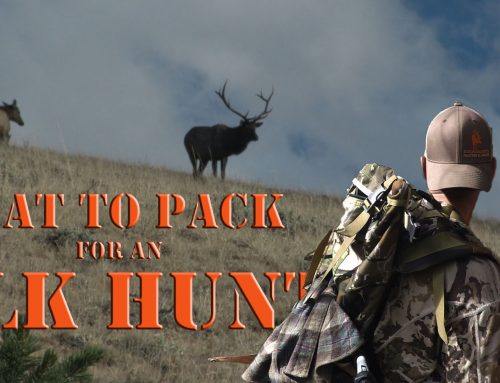
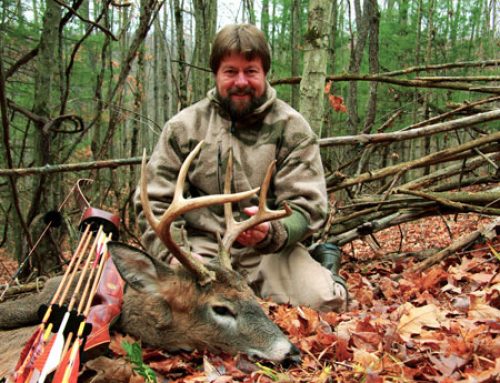
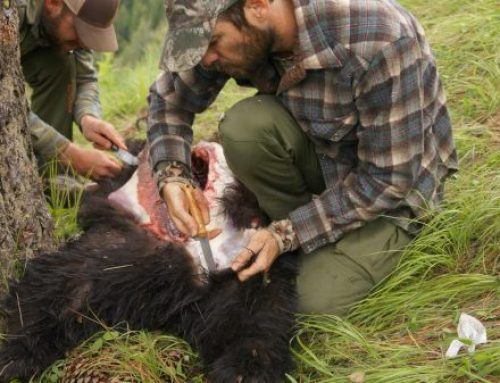
[…] the next blog post I’m going to focus on what I call the “late season” of spring bear hunting. We will dive into […]
I hear ya Clay, the veg changes overnight it seems. Keep at it man, theres nothing like it when it comes together.
Kevin